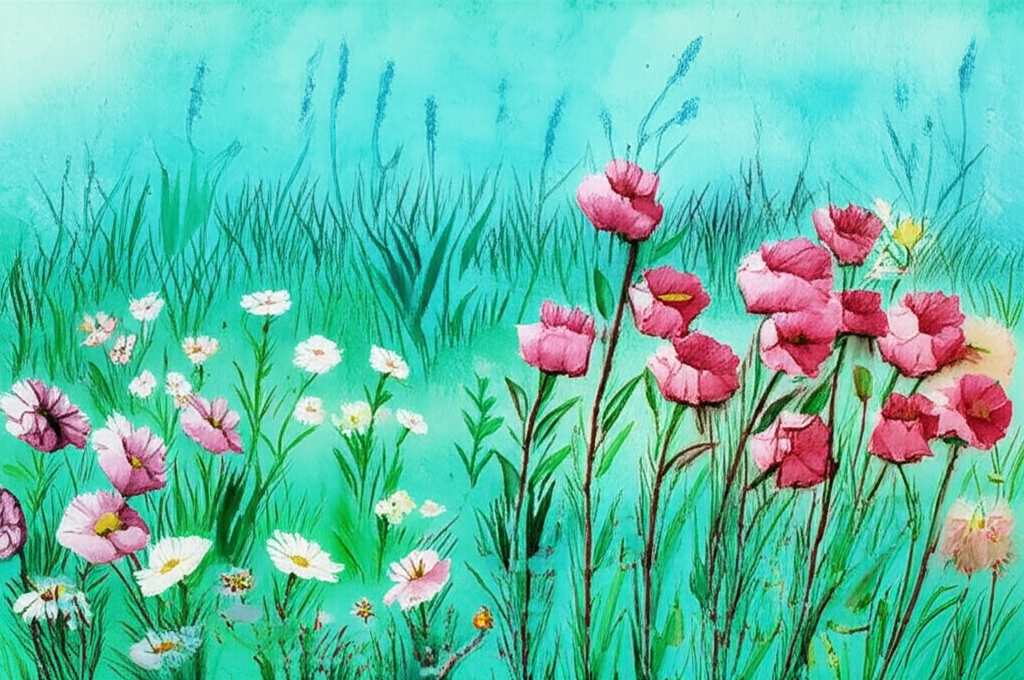
The superstition surrounding the removal of flowers from a grave is deeply embedded in historical burial practices and evolving cultural beliefs. This taboo, warning against disturbing floral tributes at burial sites, carries implications ranging from disrespect to inviting misfortune.
Archaeological evidence suggests that burial rituals date back to the Middle Palaeolithic period, with Neanderthals in Europe burying weapons alongside their deceased. While concrete proof remains elusive, some evidence points to the inclusion of plants and flower heads in burials during this era. The custom of decorating graves with flowers is definitively known to have existed since Roman times. Romans buried the dead with possessions believed to be useful in the afterlife. Miniature gardens were often created over burial sites, allowing the deceased’s spirit to find peace, and cut flowers were left as offerings to the gods.
The ancient Romans considered it profoundly disrespectful to both the gods and the departed soul to remove anything left at a graveside by grieving loved ones. This sentiment of callousness and moral wrongdoing has persisted through the centuries. From at least the early nineteenth century, a further deterrent emerged: the superstitious belief that stealing flowers from a grave would lead to the thief’s own premature death and burial. This threat served as a significant discouragement for potential grave robbers.
This belief is especially potent when it concerns picking living flowers growing naturally on a grave. Such flowers are considered indicators of the buried individual’s inherent goodness during their lifetime. Conversely, the growth of weeds on a grave is often interpreted as a sign of a less virtuous life. This belief drives many superstitious individuals to meticulously tend to the graves of their loved ones, ensuring the absence of weeds and the presence of vibrant floral displays.
While the intensity of these beliefs may have diminished, a diluted version of these traditions has experienced a resurgence in the Western world in recent years. Modern graves are increasingly adorned with various items, including clothing, cherished personal belongings of the deceased, and even artificial flowers. This shift has drawn criticism from traditionalists within the Christian church, who argue that the metaphorical message traditionally conveyed by live flowers – the transient beauty mirroring the fleeting nature of human life – has been lost or obscured by these more permanent and varied displays of remembrance.